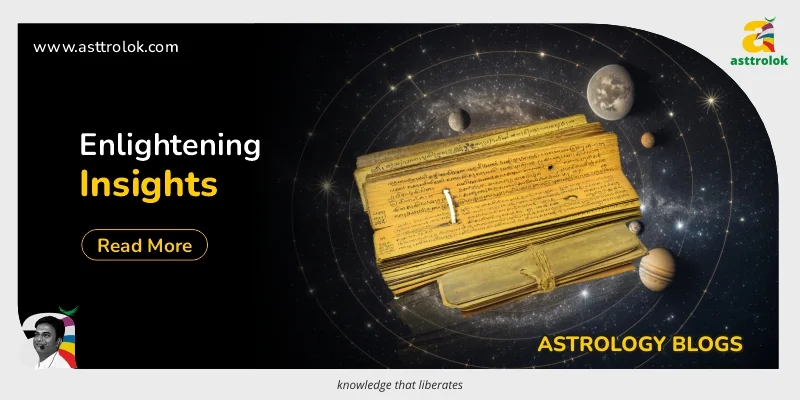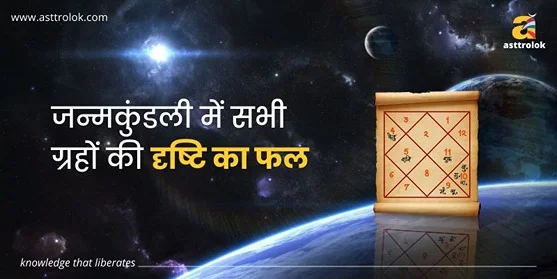
Panchang consists of five parts: Tithi, Vaar, Nakshatra, Yoga, and Karana. Hindu Panchang checks Hindu festivals. Assam, Bengal, and Odisha call Panchangam Panjika.
- Tithi– Moon position at Sunrise defines "day." The calendar reveals when the Sunrise tithi ends.
- Nakshatra - It defines "that day's stars," the Sunrise star position. The calendar shows sunrise nakshatra sending time.
- Yog - It defines "probability," the daily period, by summing the Sun and Moon's longitudes and dividing by 27.
- Karan - Karan is half of a tithi, which has 11 and rotates.
- Vaar - Vaar means week.
Know more about the Hindu Panchang. Are you looking for the best astrologer online? Get an online astrology consultation with a professional astrologer to find out the answers to all of your questions.
Panchang casting
Panchang casting incorporates high-level sphere geometry and celestial phenomena including sidereal motions of heavenly bodies. In practice, tabulation uses shortcuts comparable to old Vedic sages and intellectuals.
It may list Sun, Moon, and planet positions for every day of the year at a fixed site (longitude, latitude) and time (24-hour format IST). Users calculate the remaining data using the relative difference between fixed place and time. Several Panchang has more than a year of data. 100-year Vishva Vijaya Panchang. It signifies unfavorable periods like Rahu kalam, Durmuhurtham, and Varjyam. Panchang demands Astrology wisdom.
- Rahukalam
Rahu Kaal is a daily phase.
Vedic astrology says now is a bad time for new projects.
The segments are calculated by dividing the time between sunrise and dusk by 8. In the Hindu Panchang, the ever-changing astrological configurations ensure that auspicious hours don't always fall at the same time.
- Durmurtham
It's too late to start or finish work. It's a bad time to start something fresh. Hindu Astrology says the work will be terrible.
- Varjyam
It's daily based on nakshatra. Based on a small fraction of each star's degrees (nakshatra).Surya Siddhanta and Grahalaghava, Panchang-related ideas, supplied the basis for various Indian calendars in the past.
Grahalaghava was compiled 600 years ago, and Surya Siddhant existed before. These were old and didn't match astronomical phenomena or each other.
The Indian government establishes a group of specialists from throughout the country to prepare Panchang in native languages. They help cast an accurate Panchang in which mathematical calculations offer planet and constellation positions.
- Tithi
Tithi's calculation involves math. Tithi is a Sun-moon angle. Tithi is 12 °. Sun and moon both move.
When the moon leaves the Sun, it grows. Shukla Paksha is the moon's waning phase. When near Sun, the moon appears smaller. Thus, it's called Krishna Paksha.
Panchang's Tithi
- Chaturthi - Ganpati is the Lord of the 4th lunar day, which is auspicious for fighting and destroying adversaries.
- Panchami - Naaga (Snake) reigns today, which is suitable for medicine, poison-purging, and surgery.
- Shashthi - Kartikeya presides over coronations, meeting new acquaintances, feasts, and happiness.
- Saptami - Surya commands The 7th Lunar day; one can start a new voyage, but it's movable.
- Asthma -This day is favorable for arming, creating defenses, and fortifying.
- Navami - This day is ruled by Ambika, which favors arming, killing foes, devastation, and violence. Ceremonies and journeys are unlucky.
- Dashami - Dharma reigns. It's good for virtue, religion, spirituality, and purity.
- Ekadashi - Fasting, spiritual acts, and remembering the almighty lord are auspicious.
- Chaturdashi - This day is ruled by kali, which regulates poison and summons elements and spirits.
- Amavasya - The pirtu-devas govern the new moon, used for many worship and austerities. Moon-ruled Purnima.
Read Also:- How to impress lord shiva with Panchakshari Shiva Mantra?
Tithi = (Moon's Bogansha - Sun's Bogansha)/12
The formula calculates Tithi. Tithis are Krishna Paksha if the quotient is between 1 and 15. If the quotient is over 15, the Tithis are Shukla Paksha. If we get 17 using this method, it's Dwadashi Tithi of Shukla Paksha. In northern India, the month begins with Krishna Paksha.
- Nakshatra
Janam Nakshatra is the moon sign present at a person's birth. During any action, the Nakshatra on the moon is considered the time's Nakshatra. Ancient seers classified the cosmos into 27 Nakshatras or star clusters for the call of progress. Nakshatras are major constellations in Astrology.
Each constellation has a star in Vedic astrology. The 360-degree sky is divided into 27 13.20-degree subdivisions containing 27 stars. Each Nakshatras has four Padas (quarters of 3 degrees and 20 minutes). The first Rashi, Mesha, which has 30 °, contains the first 4 Padas of Ashwini, the second 4 Padas of Bharani, and the third Pada of Krittika. Each Rashi has 9 Padas.
Nakshatra method
Check the moon's position at birth or other events. Assume the moon's Bhoganha is 6° 5 minutes in the ninth sign. Convert to minutes. We divide the minutes by 800. This completes 20 Nakshatras and begins on the 21st. Uttara Aashaadha Nakshatra comes 21st. You may calculate different Nakshatras this way. The number before the decimal represents Nakshatras passed. 5 before the decimal signifies 5 Nakshatras have completed and the 6th is running.
- Vaar - A Vaar(day) is between sunrises. Vaar is Monday through Sunday.
- Yoga - Yoga is Pachanga's fourth phase. Sun and moon positions determine this. 27 yogas exist. It sorts by name. To calculate Yoga, add Sun and Moon Bhoganha. Divide by 13°20'. 13°20min = 800min. Yoga is 800 minutes divided by the result.
- Karan - 5th Panchang. It's half a Tithi, therefore a Tithi has two Karana. Monthly Karana's arrive. 7 Karanas petitions? Eight times a month, Karana's occur. Bava, Baalav, Kaulav, Taitil, Gar, Vanij, Vishti, Shakuni, Chatushpad, Naag, Kinshtughna. The first 7 Karnas are changeable while the last 4 are constant.
The last 4 are called 'Sthir' because they always fall between Krishna Paksha (Dark Fortnight) Chaturdashi and Shukla Paksha (Bright Fortnight) Pratipada.
The first 7 Karanas are called Char because they start arriving repeatedly, in a particular sequence, from the second period of Shukla Paksha Pratipada to the first 50 percent of Krishna Paksha Chaturdashi.Two Indian calendars exist. One is based on the sun's entry into zodiac signs (Surya ganana) and the other on the moon's transit (Chandra ganana). The lunar calendar is the most popular Panchang period in India.
Learn astrology courses online from the best astrologer in India. Learn about different aspects of astrology, like astrology readings, prediction, and more. Free astrology classes are available as well. Further, explore numerology course, palmistry course, Vastu course, medical astrology with astrology certification. Register now.
Read Also:- Is Vastu dosh interrelated with Numerology?
Comments (0)
Categories
Recent posts


जन्मकुंडली में ...
30 Aug 2023
Importance of Bhakoot Koota in Kundali ...
30 Aug 2023
.webp)















.png)